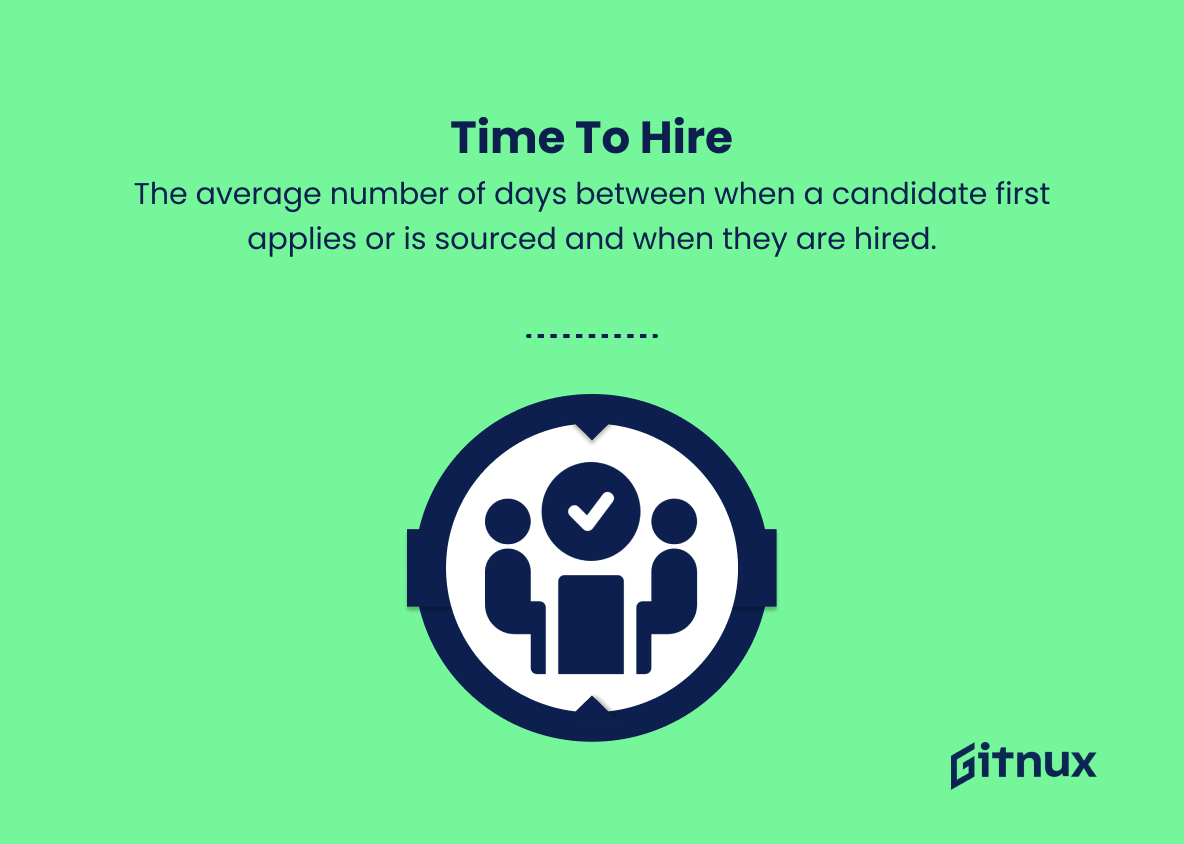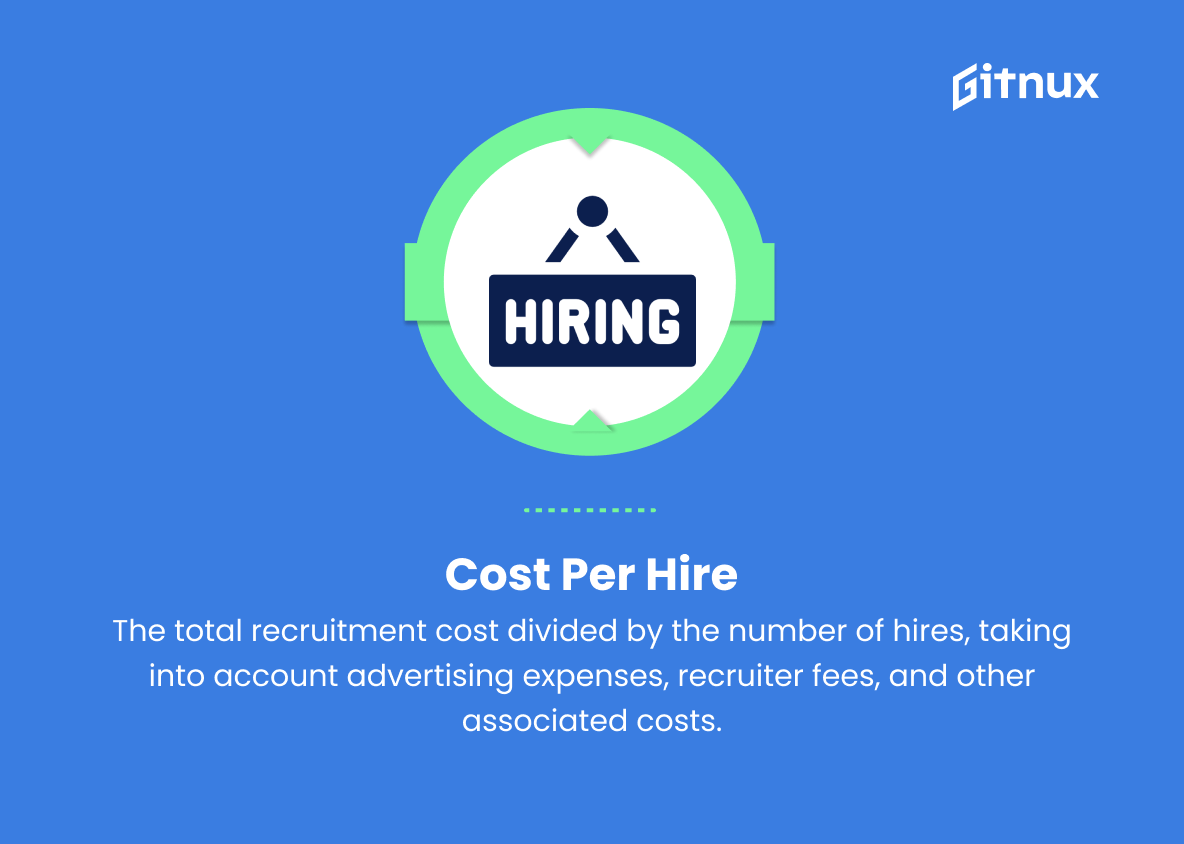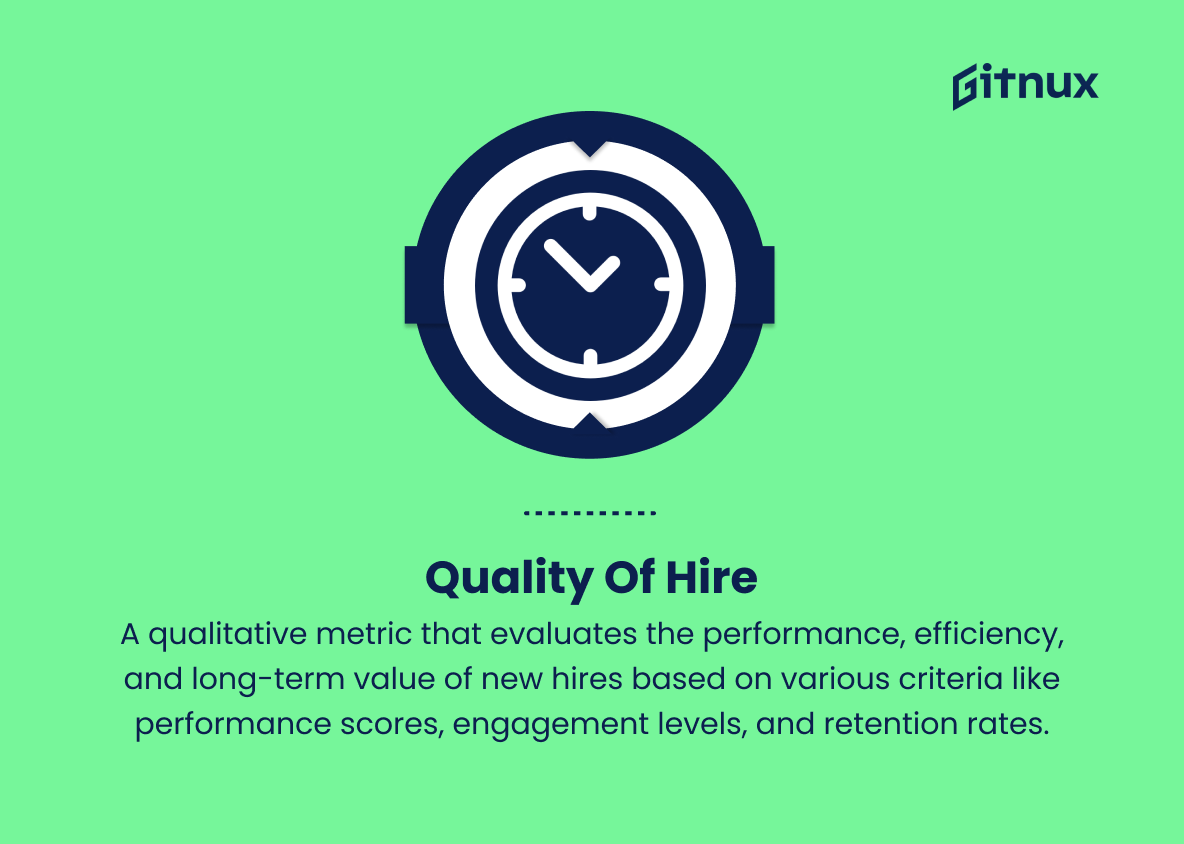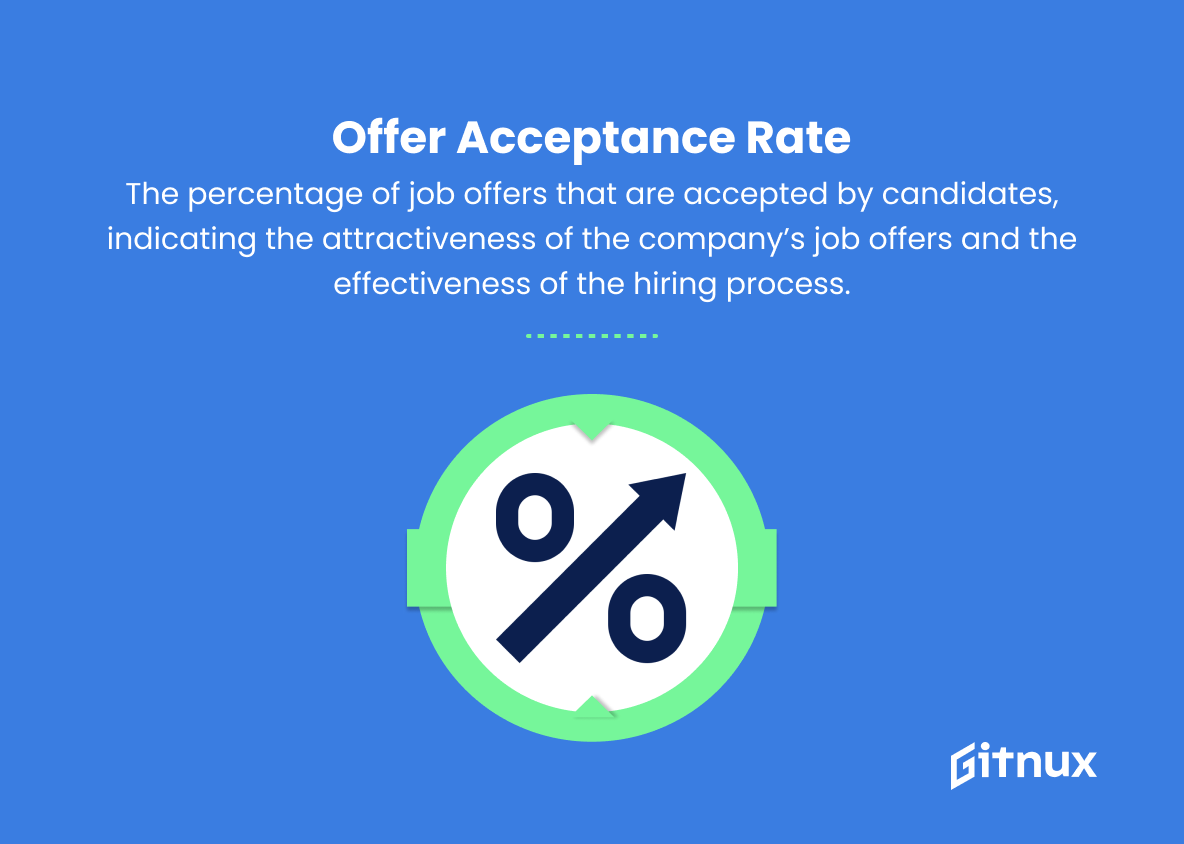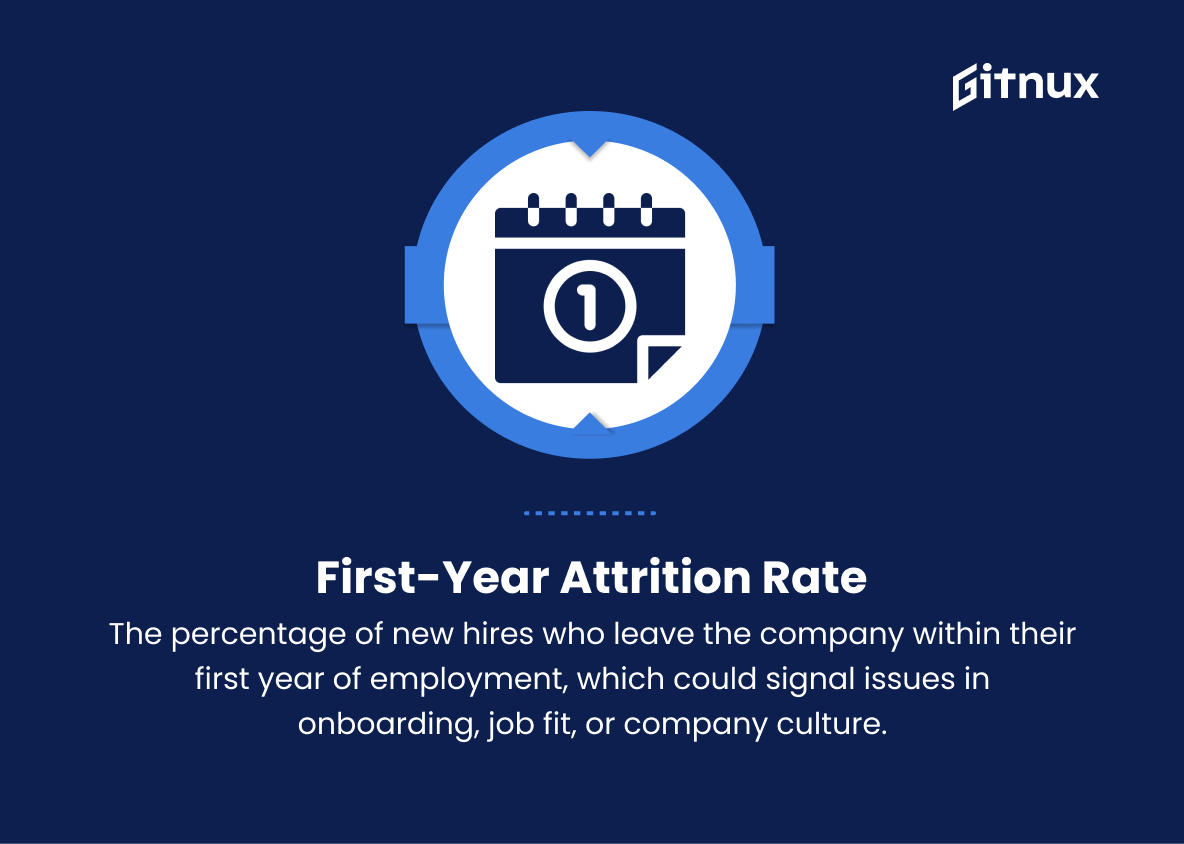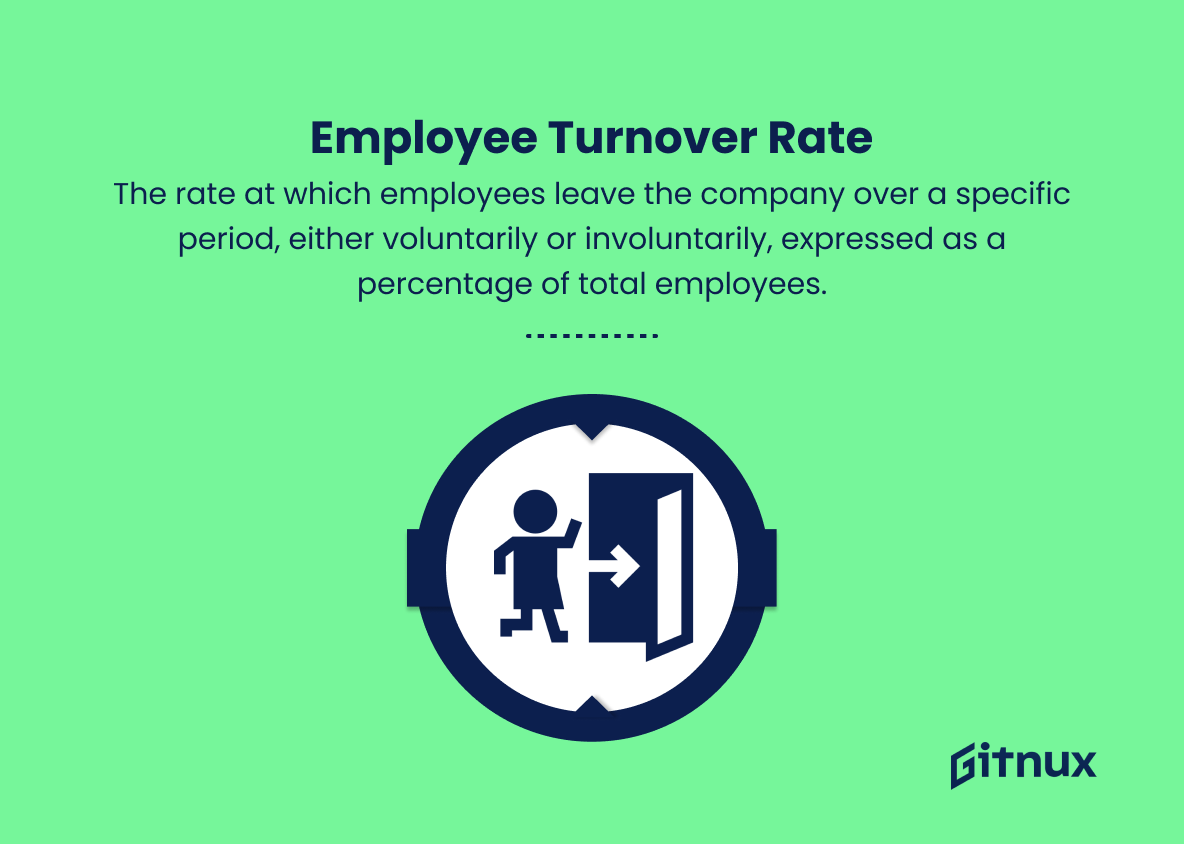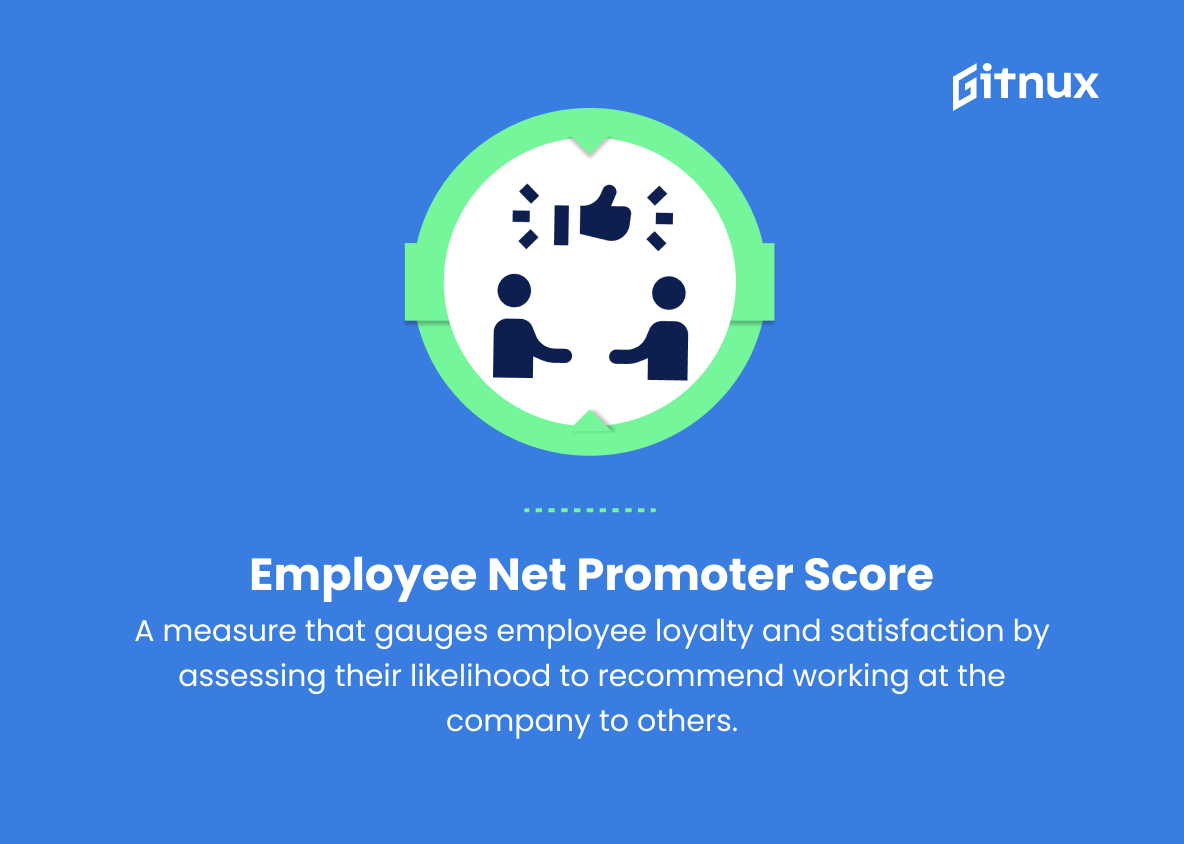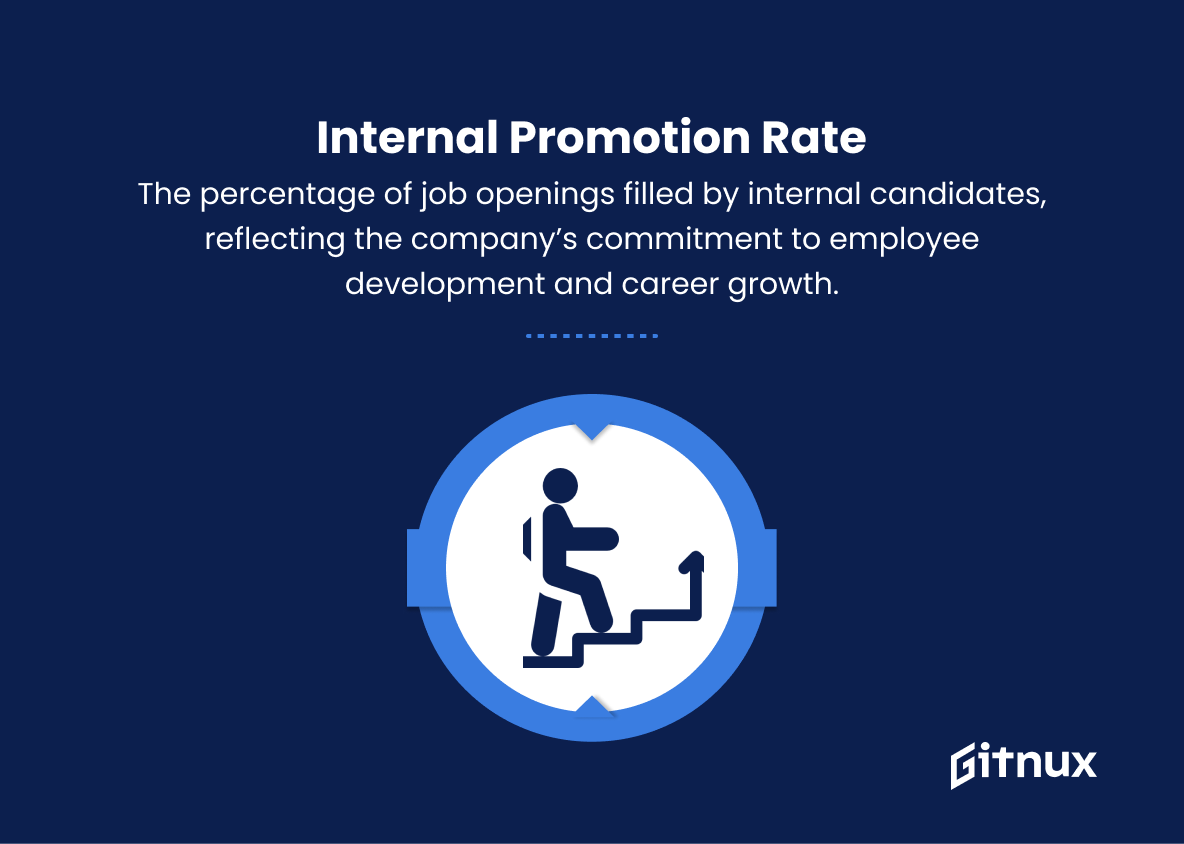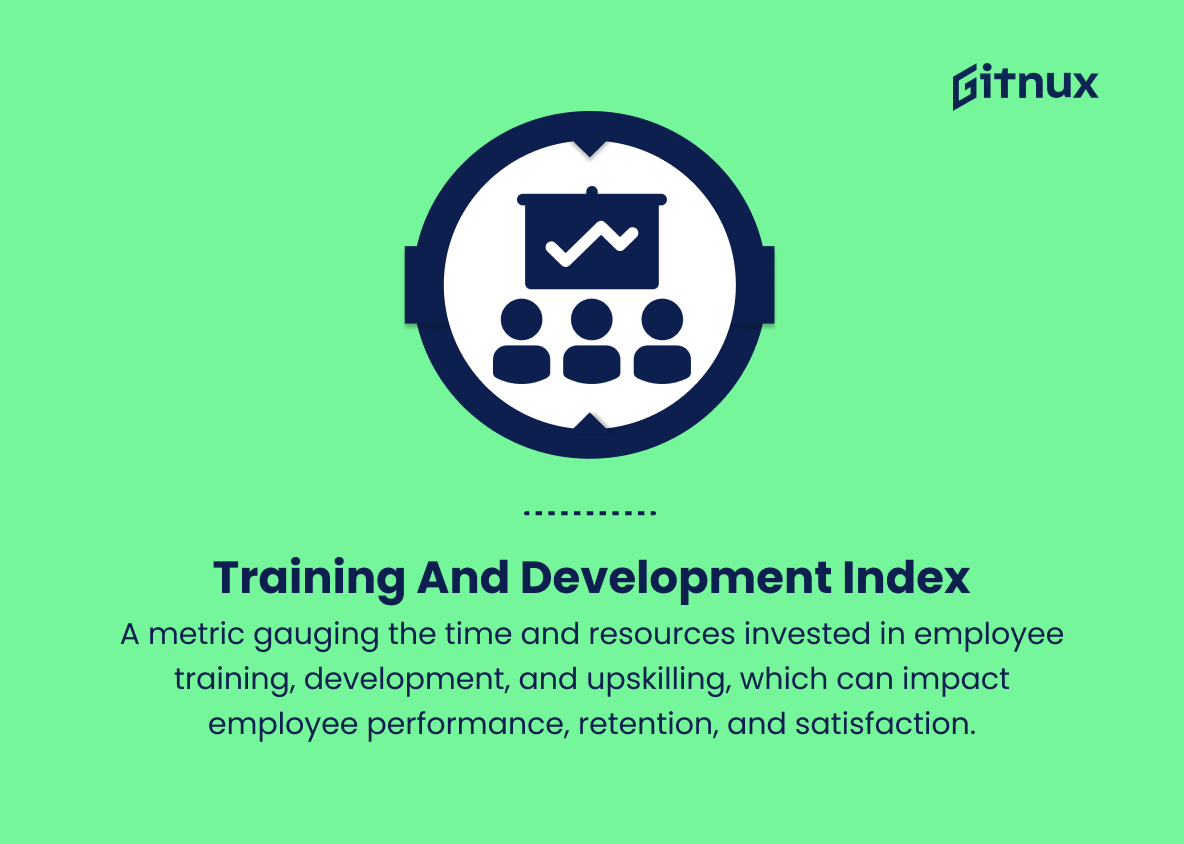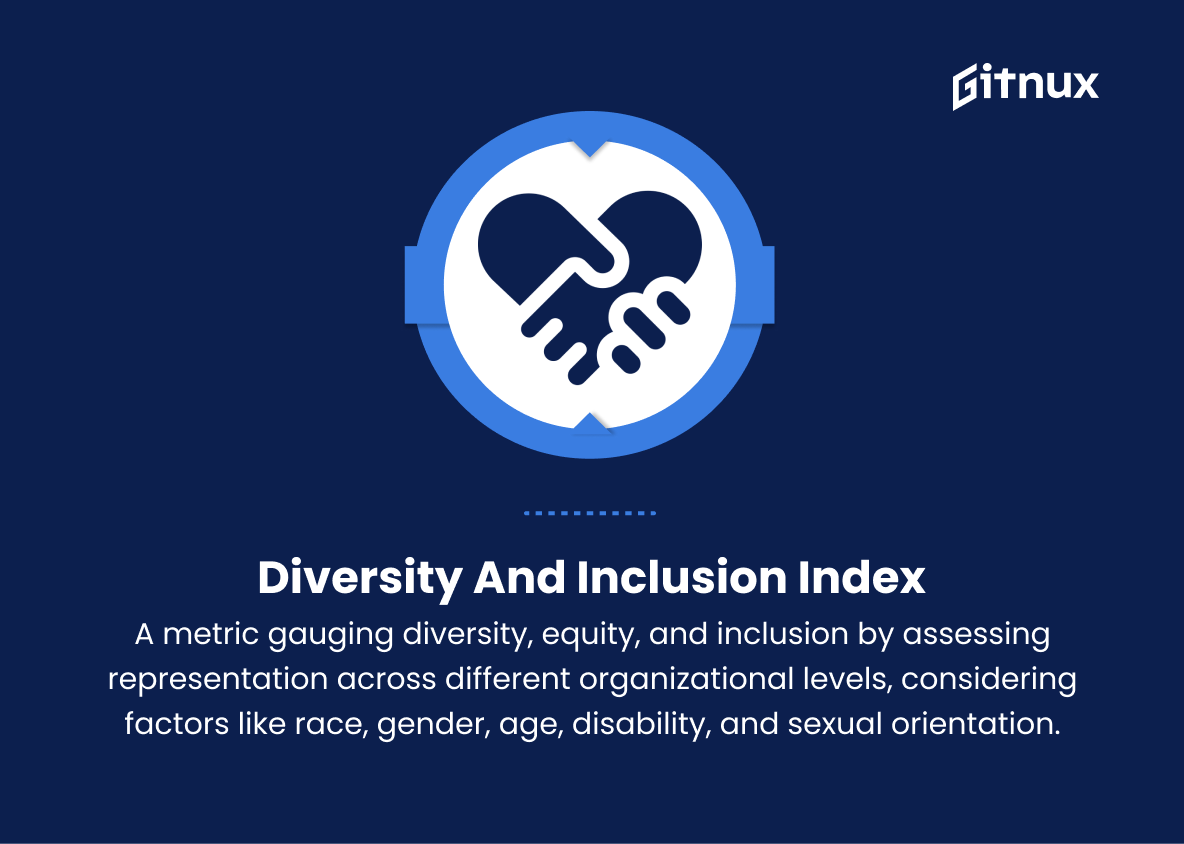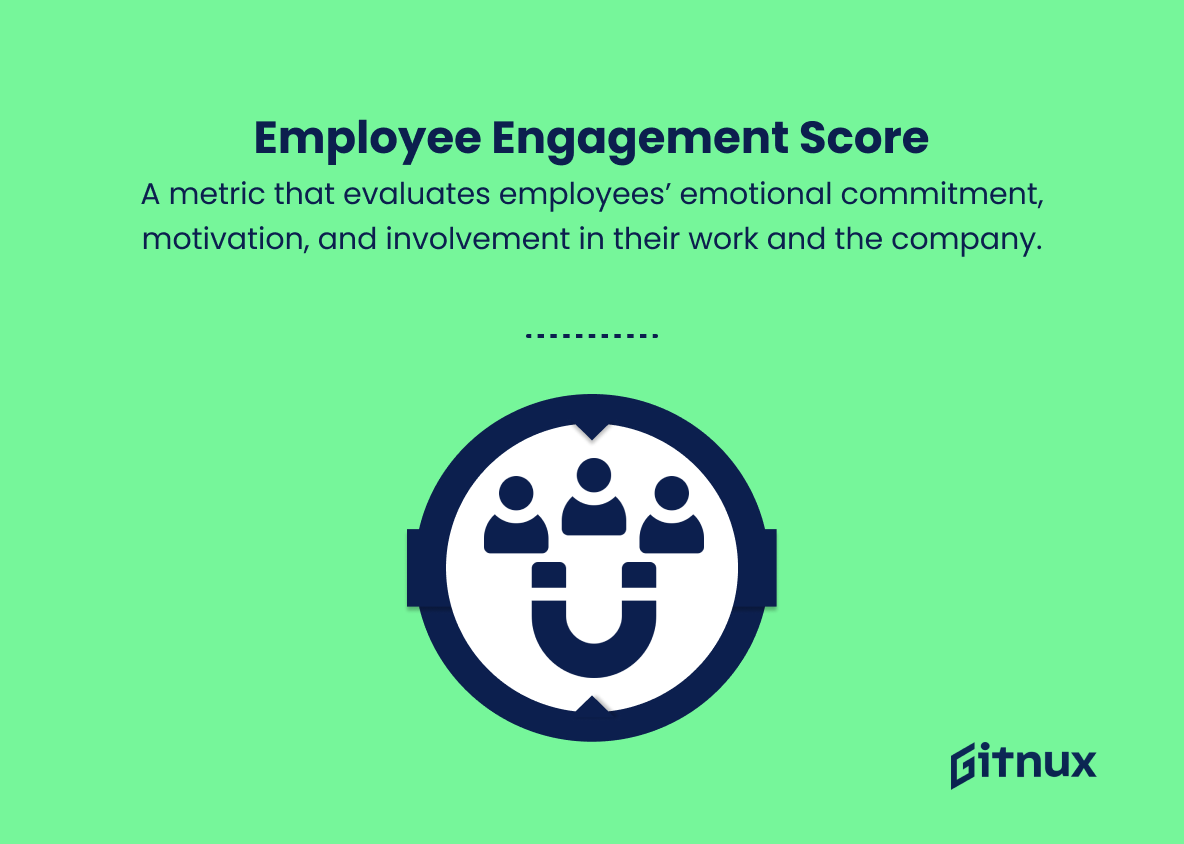In today’s rapidly evolving business landscape, the quest for measuring and optimizing employee performance has become more vital than ever. Talent Metrics, the data-driven approach to understanding an organization’s workforce, play an increasingly crucial role in shaping the success of both individual employees and the entire company.
In this serious blog post, we will delve deep into the world of Talent Metrics, exploring its significance, the various ways it can be utilized, and the proactive steps organizations can take to harness its untapped value. Prepare to embark on a meticulous journey towards revolutionizing your approach to talent management and overall organizational growth.
Talent Metrics You Should Know
1. Time to Fill
This metric calculates the average number of days it takes to fill an open position, from job posting to a candidate accepting the job offer.
2. Time to Hire
The average number of days between when a candidate first applies or is sourced and when they are hired.
3. Cost per Hire
The total recruitment cost divided by the number of hires, taking into account advertising expenses, recruiter fees, and other associated costs.
4. Sourcing Channel Efficiency
This measures the percentage of successful hires sourced from different recruitment channels, such as job boards, social media, employee referrals, or recruitment agencies.
5. Quality of Hire
A qualitative metric that evaluates the performance, efficiency, and long-term value of new hires based on various criteria like performance scores, engagement levels, and retention rates.
6. Offer Acceptance Rate
The percentage of job offers that are accepted by candidates, indicating the attractiveness of the company’s job offers and the effectiveness of the hiring process.
7. First-Year Attrition Rate
The percentage of new hires who leave the company within their first year of employment, which could signal issues in onboarding, job fit, or company culture.
8. Employee Turnover Rate
The rate at which employees leave the company over a specific period, either voluntarily or involuntarily, expressed as a percentage of total employees.
9. Employee Net Promoter Score (eNPS)
A measure that gauges employee loyalty and satisfaction by assessing their likelihood to recommend working at the company to others.
10. Internal Promotion Rate
The percentage of job openings filled by internal candidates, reflecting the company’s commitment to employee development and career growth.
11. Training and Development Index
A metric gauging the time and resources invested in employee training, development, and upskilling, which can impact employee performance, retention, and satisfaction.
12. 9-Box Grid
A talent management tool that evaluates employees based on their current performance and future potential. It helps identify high performers for leadership roles and those who may need additional support or development.
13. Diversity and Inclusion Index
A measure of diversity, equity, and inclusion within the company, typically evaluating factors such as race, gender, age, disability, and sexual orientation representation at various organizational levels.
14. Employee Engagement Score
A metric that evaluates employees’ emotional commitment, motivation, and involvement in their work and the company.
15. Employee Satisfaction Rate
A measure of employee happiness and contentment with their work environment, job roles, and company culture, often assessed through surveys or feedback.
These talent metrics help organizations assess their recruitment, talent management, and retention efforts, enabling them to make informed decisions and optimize their talent strategies.
Talent Metrics Explained
Talent metrics assess recruitment, talent management, and retention strategies. Time to fill, time to hire, and cost per hire identify hiring process bottlenecks. Sourcing channel efficiency, quality of hire, and offer acceptance rate evaluate recruitment success.
First-year attrition and employee turnover rate highlight onboarding, job fit, and culture issues. Employee NPS, promotion rate, and training index assess satisfaction, loyalty, and growth commitment. The 9-box grid identifies high-performers and support needs, while diversity and inclusion index measures progress. Engagement and satisfaction scores gauge workforce happiness and commitment, informing talent strategy optimization.
Conclusion
In summary, talent metrics play a vital role in the success and growth of any organization. By identifying, analyzing, and optimizing these key performance indicators, businesses can effectively evaluate their recruitment strategies, streamline employee development, and maximize overall productivity.
Implementing and understanding talent metrics lays the foundation for continuous improvement, proactive decision-making, and a thriving workforce. By embracing these insights, organizations can not only stay competitive in today’s market but also ensure the long-term success of their most valuable asset – their people.

